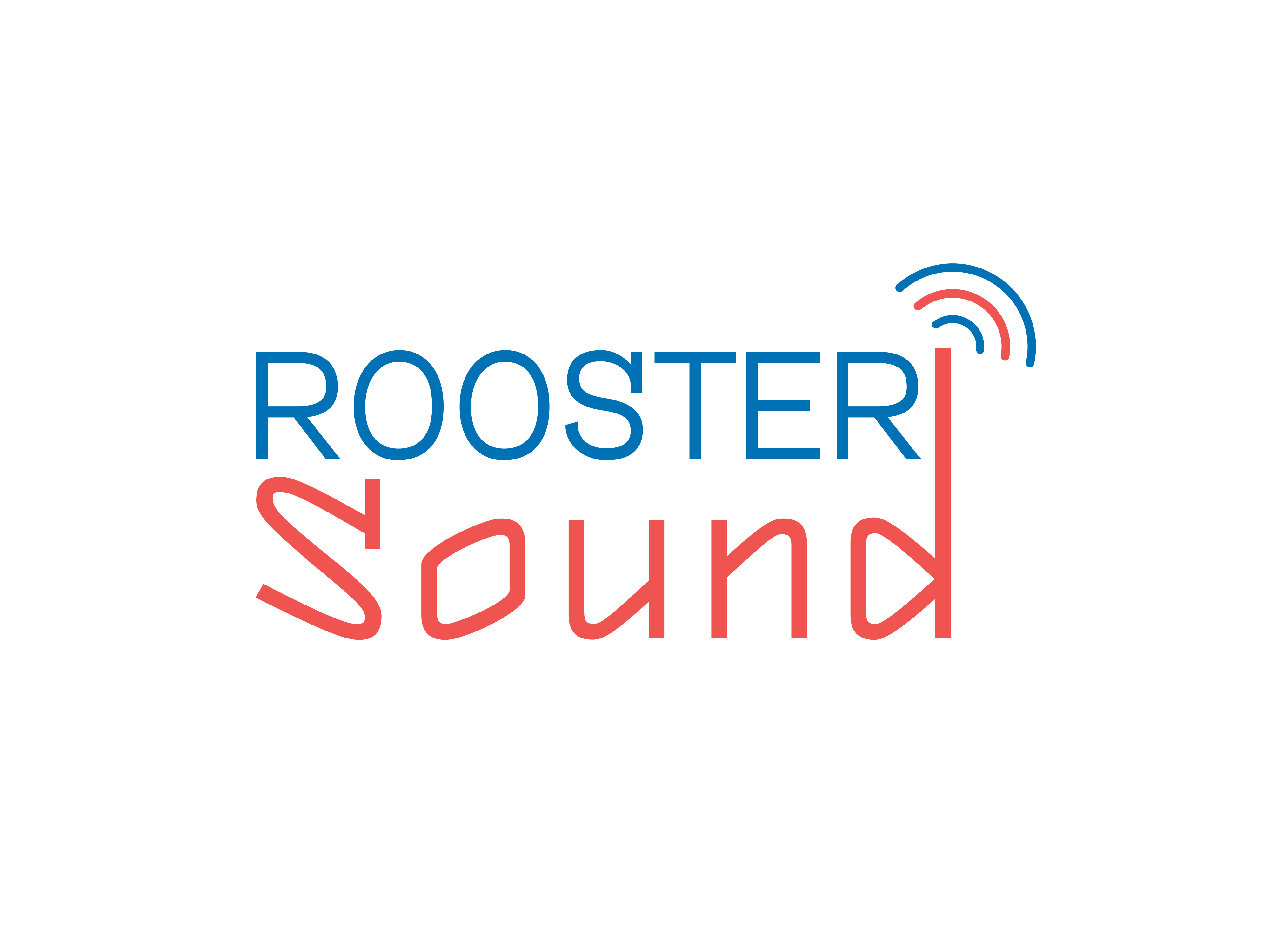Integrating HAZOP with Digital Twins: A New Era in Process Safety

In today’s industrial landscape, ensuring process safety is a top priority. Companies are continuously looking for ways to enhance risk assessment methods to minimize hazards. One of the most promising advancements in this field is the integration of HAZOP Study (Hazard and Operability Study) with Digital Twins. This combination enhances risk identification, process optimization, and predictive maintenance in high-risk industries.
What is a HAZOP Study and How Does It Work?
HAZOP (Hazard and Operability) is a structured method used to identify potential hazards in industrial processes. It involves a team-based approach where experts assess process deviations, their causes, and potential consequences. The study focuses on:
-
Identifying deviations from design intent
-
Analyzing risks associated with process changes
-
Suggesting recommendations to mitigate potential hazards
-
Ensuring compliance with safety regulations
Traditionally, HAZOP studies rely on expert knowledge and documentation. However, integrating them with Digital Twins is transforming how these assessments are conducted.
What Are Digital Twins in Industrial Safety?
A Digital Twin is a real-time virtual representation of a physical asset, process, or system. It collects live data from sensors, automation systems, and IoT devices to create a digital model that replicates real-world conditions. This enables predictive analysis, monitoring, and optimization.
Industries such as oil and gas, chemical processing, and manufacturing are leveraging Digital Twins to enhance operational safety, improve process efficiency, and reduce downtime.
How Does Digital Twin Technology Improve HAZOP Studies?
Integrating Digital Twins with HAZOP allows industries to conduct more dynamic and precise risk assessments. Key benefits include:
1. Real-Time Hazard Analysis
Digital Twins provide real-time data, making it easier to analyze deviations as they occur. Unlike traditional HAZOP methods that rely on past data, Digital Twins offer up-to-date insights into equipment performance, helping teams proactively identify and mitigate hazards.
2. Enhanced Predictive Risk Assessment
By simulating various operational scenarios, Digital Twins help safety teams predict the impact of different process deviations. This enables a proactive approach to safety, reducing the likelihood of accidents before they happen.
3. Improved Decision-Making with Data-Driven Insights
Integrating Digital Twins with Process Safety Management (PSM) ensures that safety recommendations are based on real-time data rather than assumptions. It allows organizations to implement more effective control measures.
4. Cost and Time Efficiency
Traditional HAZOP studies are time-intensive, requiring multiple sessions for documentation, analysis, and validation. Digital Twins streamline the process by automating risk detection and assessment, reducing the time needed for safety evaluations.
5. Simulated Testing for Better Safety Training
One of the major advantages of Digital Twins is their ability to simulate real-world hazardous scenarios. These simulations help safety teams train employees, test emergency response procedures, and validate the effectiveness of safety controls in a risk-free environment.
The Role of Digital Twins in Fire Safety
Fire hazards are among the most critical risks in industrial settings. Integrating Digital Twins with Fire Audit (Fire Safety Audits) enhances fire risk assessments by:
-
Detecting potential fire hazards in real-time
-
Simulating fire spread patterns in case of ignition
-
Evaluating the effectiveness of fire suppression systems
-
Optimizing emergency response planning
By using Digital Twins, organizations can make fire safety measures more predictive rather than reactive, ensuring a higher level of workplace protection.
How Industries Are Implementing Digital Twin-Driven HAZOP Studies
Oil & Gas Industry
The oil and gas sector faces high-risk scenarios such as gas leaks, equipment malfunctions, and fire outbreaks. Digital Twins help companies assess the risk of leaks, monitor pipeline integrity, and predict potential failures before they cause accidents.
Chemical Manufacturing
In chemical plants, minor deviations can lead to catastrophic incidents. Digital Twins enable manufacturers to simulate different reaction scenarios, evaluate safety controls, and optimize plant performance with real-time hazard analysis.
Power Generation
Power plants use Digital Twins to monitor equipment such as turbines, boilers, and electrical systems. By integrating these models with HAZOP studies, plants can prevent mechanical failures and reduce the risk of system breakdowns.
Challenges in Integrating HAZOP with Digital Twins
While the benefits of integrating HAZOP with Digital Twins are significant, there are challenges that industries must address:
-
High Initial Investment – Implementing Digital Twin technology requires advanced infrastructure, sensor installations, and integration with existing safety frameworks.
-
Data Complexity – Digital Twins generate vast amounts of data that require advanced analytics tools to process effectively.
-
Workforce Training – Employees need proper training to interpret data from Digital Twins and integrate findings into HAZOP assessments.
-
Cybersecurity Risks – As Digital Twins rely on IoT connectivity, ensuring data protection and cybersecurity compliance is crucial.
Future of HAZOP and Digital Twin Integration
The future of HAZOP and Digital Twin integration is promising, with advancements in AI, machine learning, and real-time simulations further enhancing process safety. Emerging trends include:
-
AI-Powered Predictive Analytics – AI will make HAZOP studies more dynamic by predicting hazards with greater accuracy.
-
Blockchain for Data Security – Ensuring data integrity and security through blockchain technology in Digital Twins.
-
Augmented Reality (AR) for Safety Training – AR-based simulations will offer immersive safety training experiences.
Conclusion
Integrating HAZOP Study (Hazard and Operability Study) with Digital Twins represents a transformative shift in Process Safety Management (PSM). It provides real-time insights, enhances risk detection, and improves safety decision-making. Additionally, industries can integrate this technology with Fire Audit (fire safety assessments) to strengthen hazard prevention strategies.
As industries continue to adopt innovative safety practices, working with an experienced Safety Consultant (safety expert) can help organizations navigate the complexities of Digital Twin integration and optimize their safety protocols.







